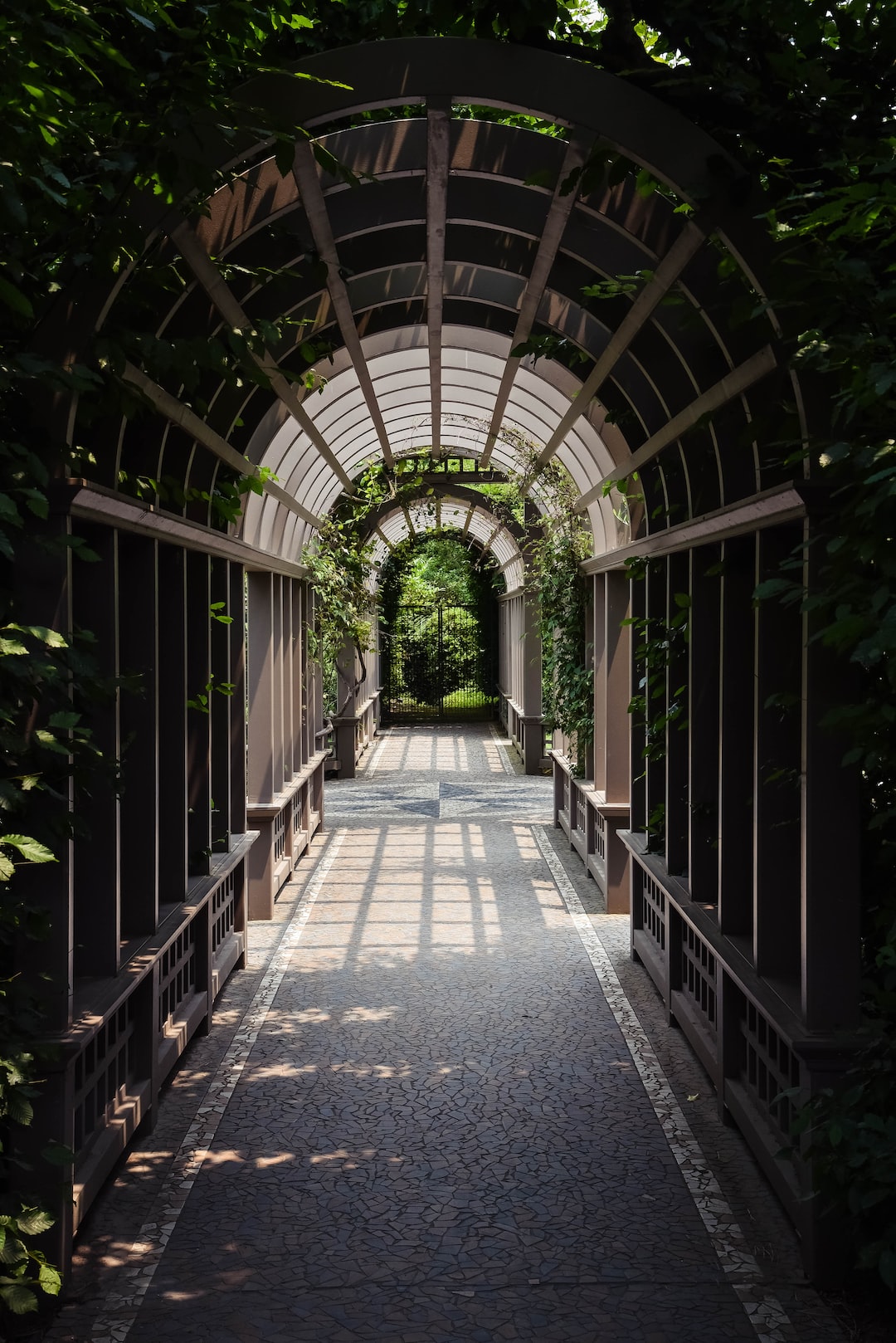Creating a Butterfly-Friendly Garden: Plants and Techniques
Butterflies are not only beautiful creatures that delight us with their vibrant colors and graceful flight, but they also play a crucial role in our ecosystem as pollinators. However, due to habitat loss and the use of pesticides, many butterfly species are facing a decline in population. One way that each of us can contribute to their conservation is by creating a butterfly-friendly garden. In this blog post, we will explore the plants and techniques necessary to attract and support butterflies in your garden.
1. Choice of Plants: To attract butterflies, it is essential to select plants that provide nectar for their adult stage and host plants for their caterpillars. Native plants are typically best, as they have coevolved with local butterfly species. Some popular nectar-rich plants include milkweed, coneflowers, asters, butterfly bushes, and verbena. For caterpillar food sources, consider planting native grasses like switchgrass and little bluestem or specific plants like dill for swallowtail caterpillars.
2. Provide Sun and Shelter: Butterflies are cold-blooded creatures that require warmth for flight. Ensure your garden receives ample sun exposure, at least six hours a day. Strategically place large rocks or walls in the garden to create warm and sheltered areas where butterflies can bask in the sun and rest when needed.
3. Create a Water Source: Butterflies also need water, not only for drinking but also for puddling. Puddling is the behavior where butterflies gather around shallow water sources to extract minerals and nutrients. Place a shallow dish or birdbath with wet sand or rocks in your garden to provide butterflies with a water source and a place to puddle.
4. Avoid Pesticides: Pesticides are harmful to butterflies, as they can kill them directly or contaminate their food sources. Opt for natural pest control methods like introducing beneficial insects or creating barriers to deter pests. If you must use pesticides, apply them selectively, avoiding areas where butterflies frequent.
5. Maintain Continuous Bloom: To provide a consistent source of nectar for butterflies, ensure your garden has a continuous bloom throughout the seasons. Incorporate a variety of plants with different flowering periods and stagger their bloom times. This way, butterflies will have a constant supply of food throughout their active season.
6. Create a Variety of Heights: Butterflies prefer plants of varying heights for different purposes. Tall plants like sunflowers and verbena act as beacon plants, attracting butterflies from a distance. Medium-height plants like coneflowers and black-eyed susans provide landing platforms for butterflies, while low-growing plants like thyme and sedum offer sheltered areas for feeding.
By employing these techniques and choosing the right plants, you can create a butterfly-friendly garden that not only provides a haven for these delicate creatures but also enhances the beauty and diversity of your outdoor space. So, grab your gardening tools, get your hands dirty, and contribute to the conservation of butterflies and our ecosystem.

